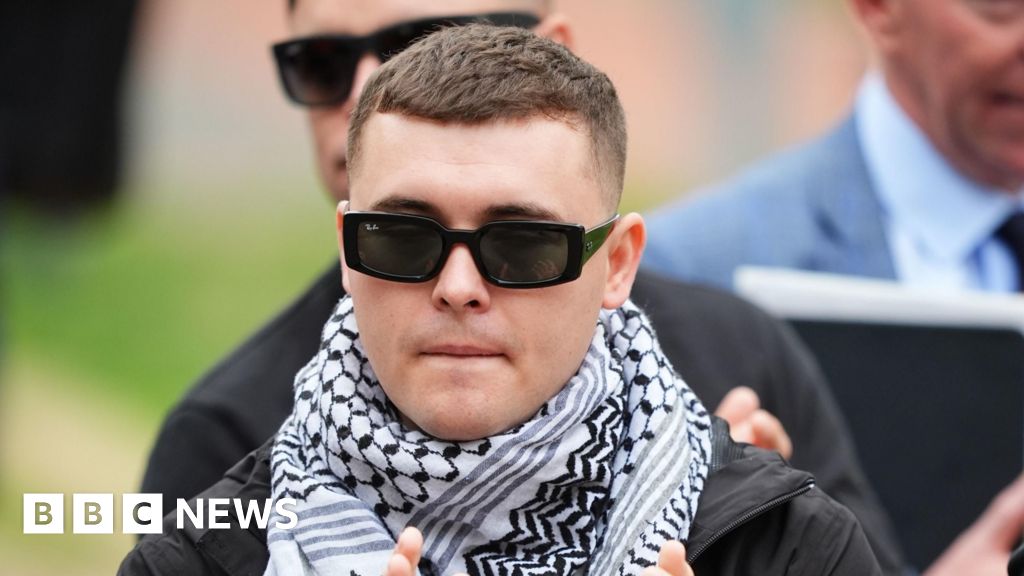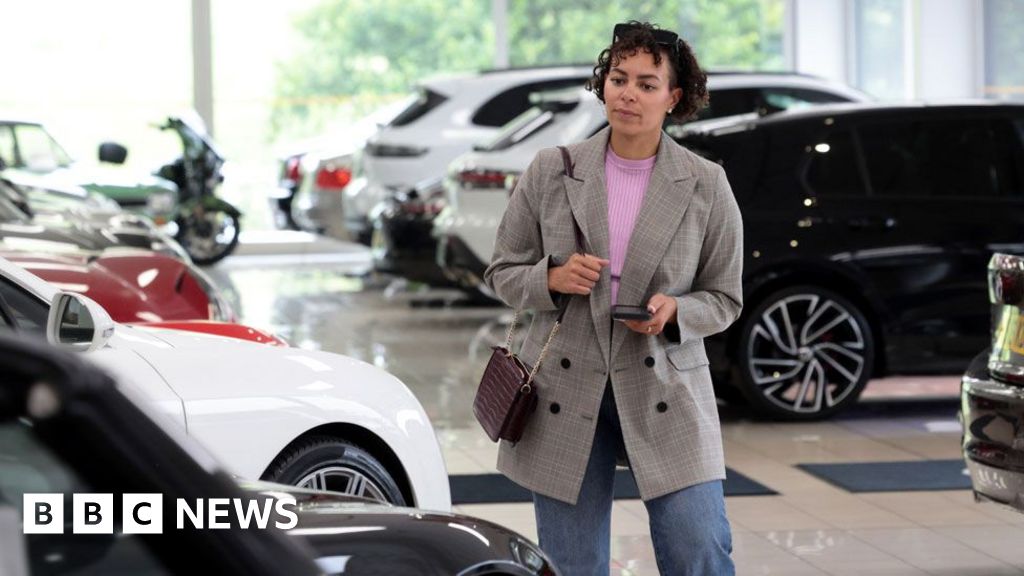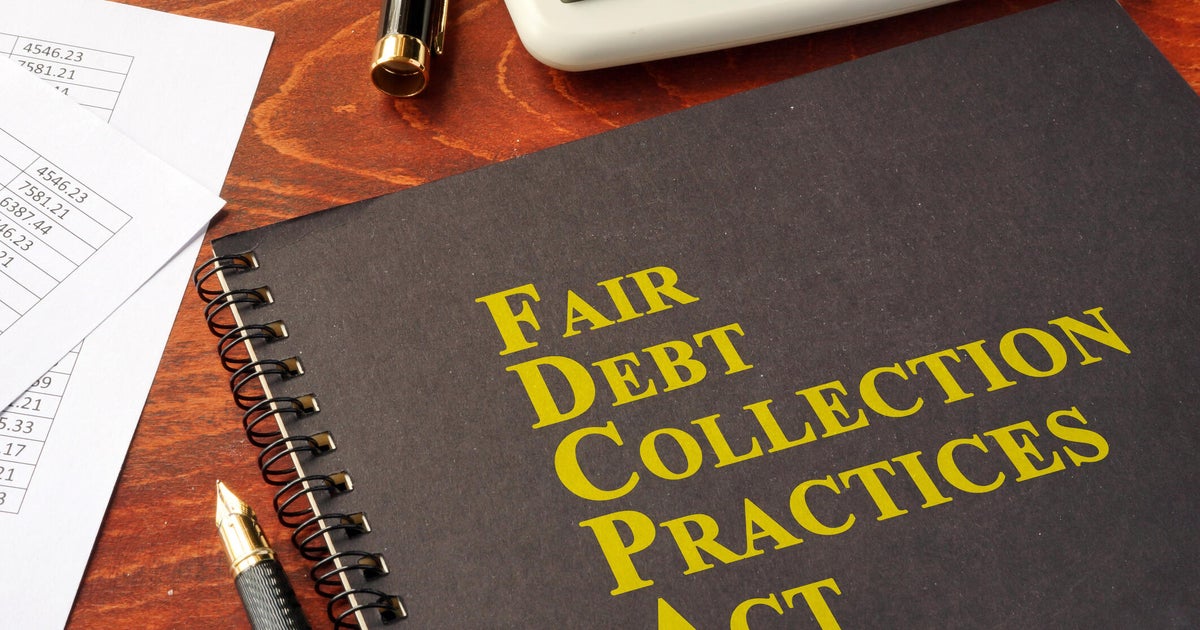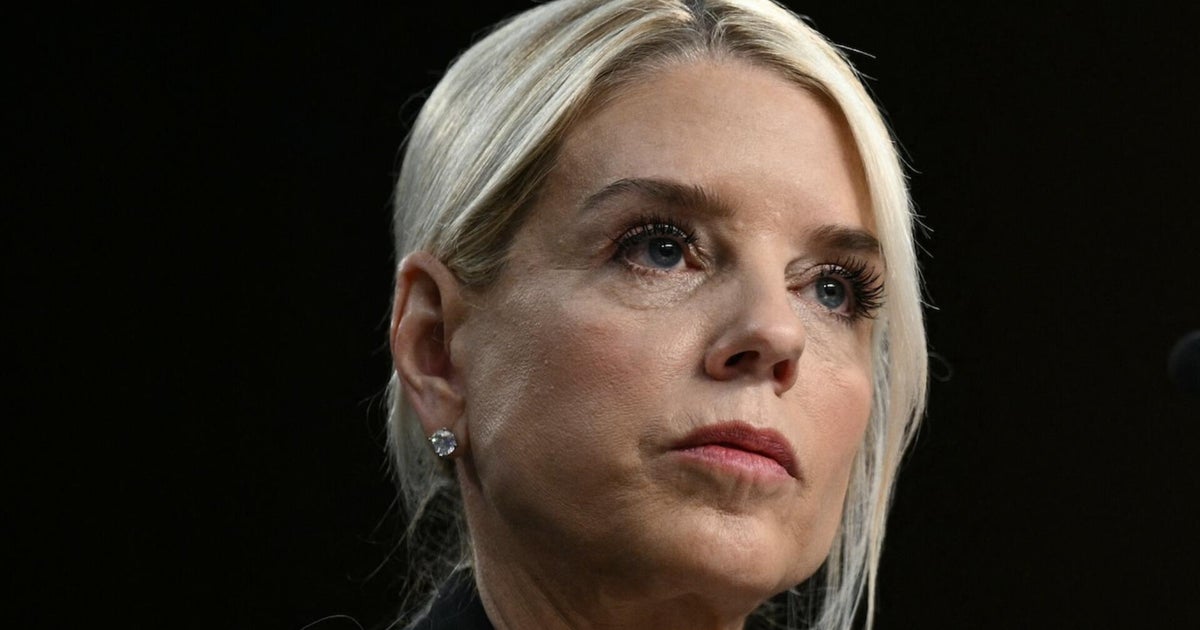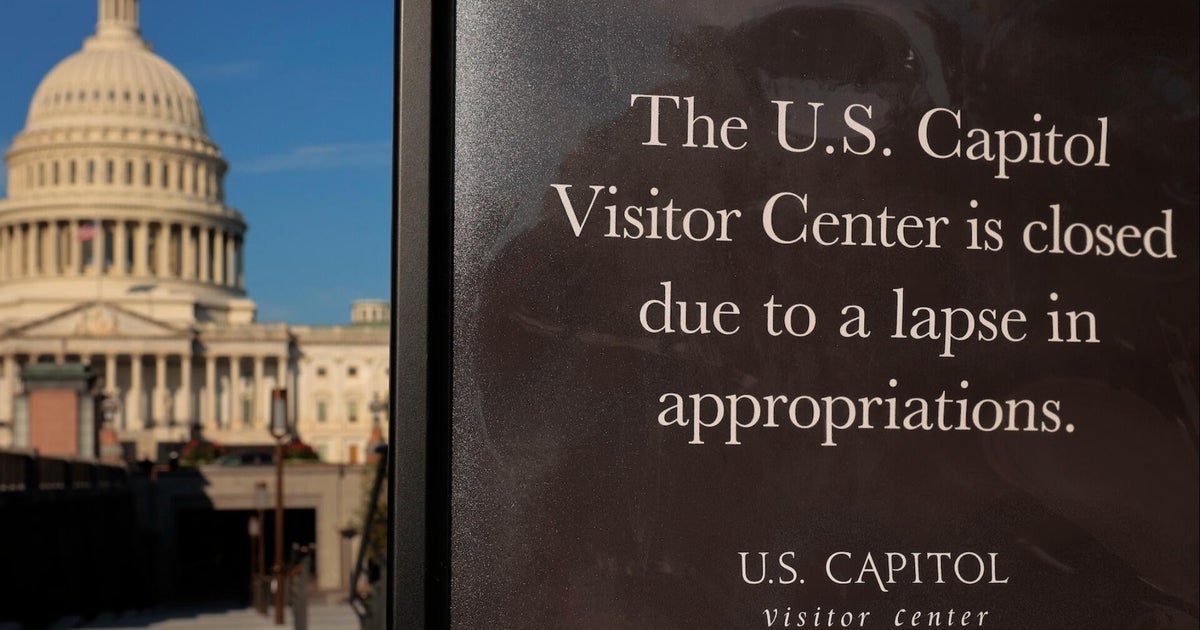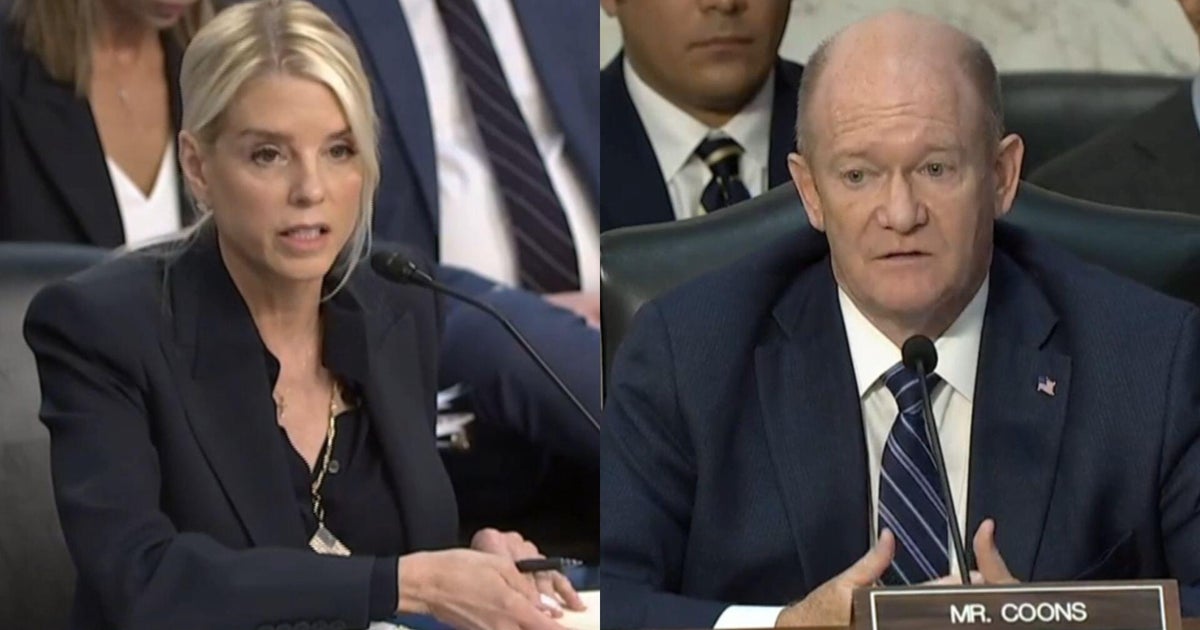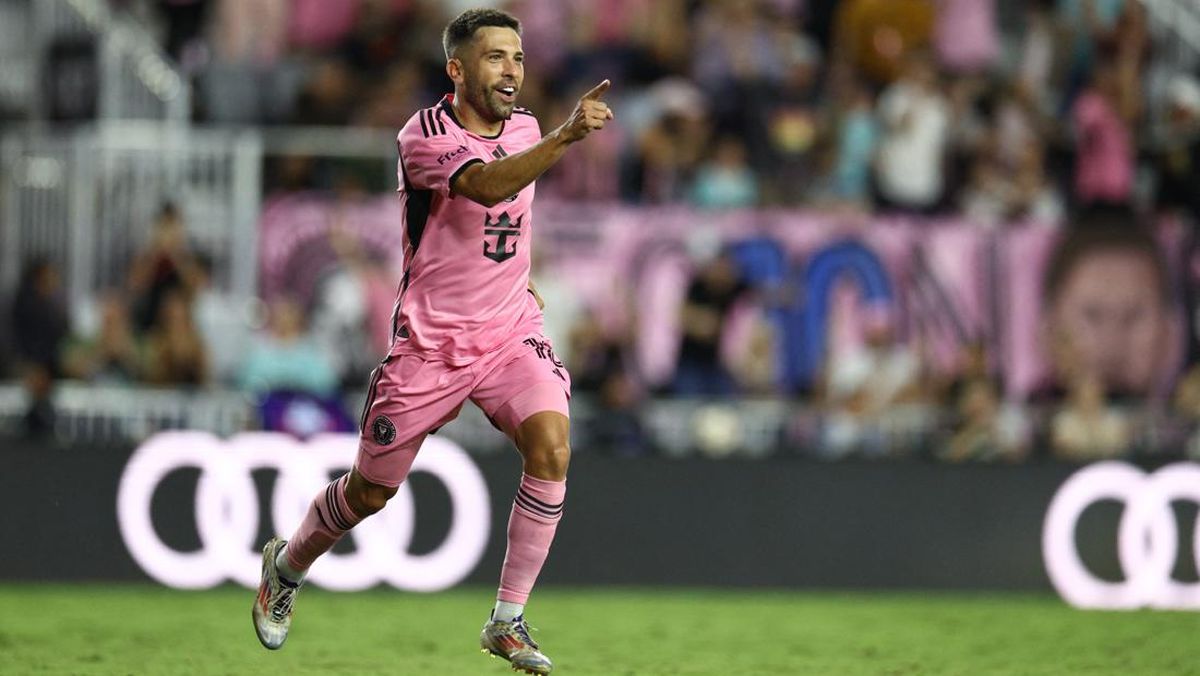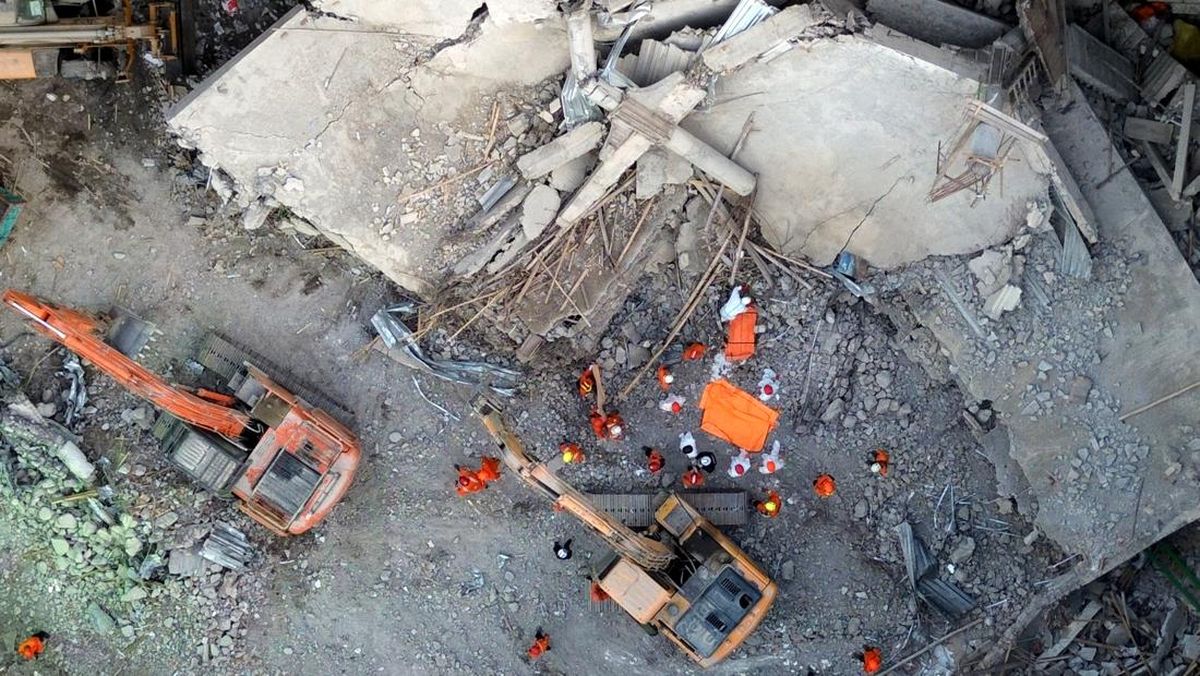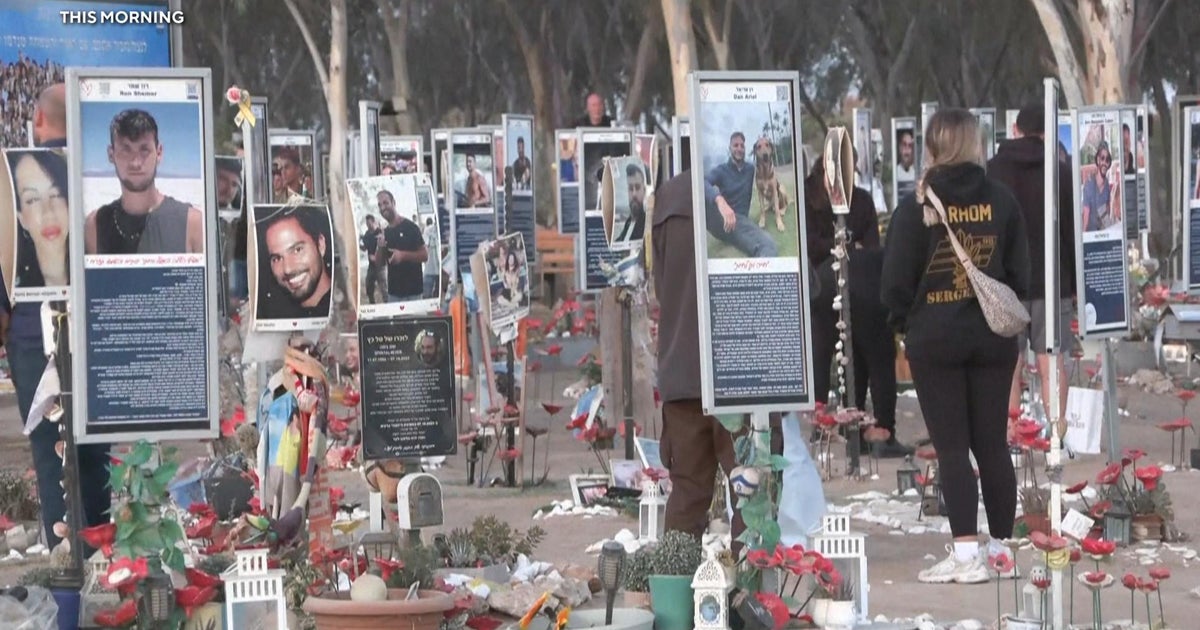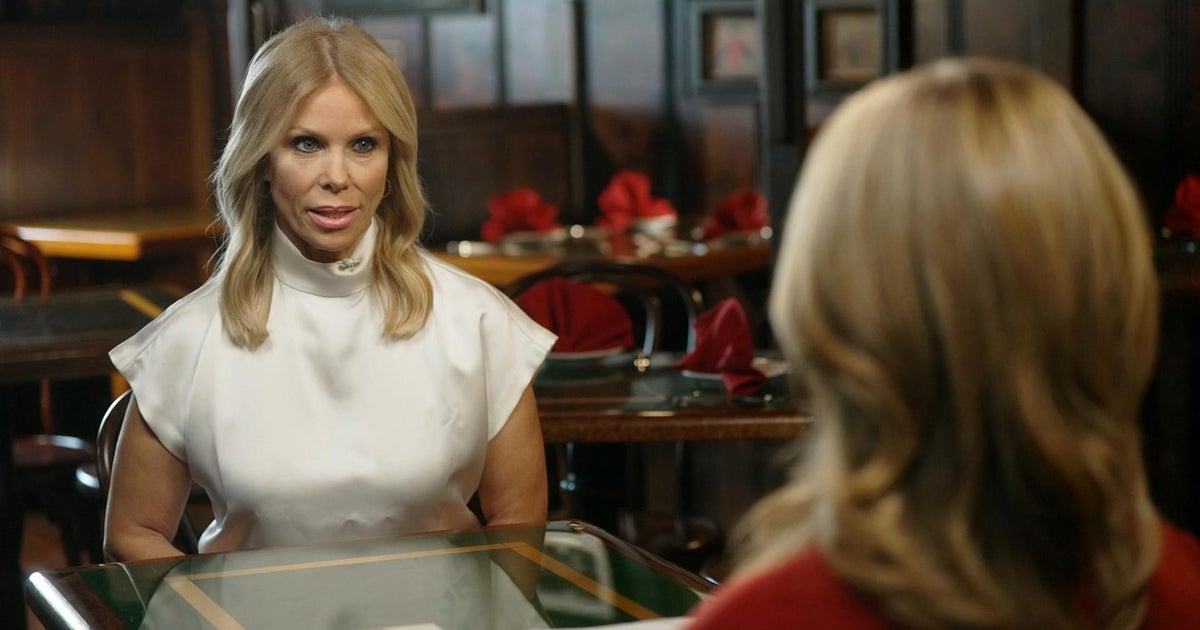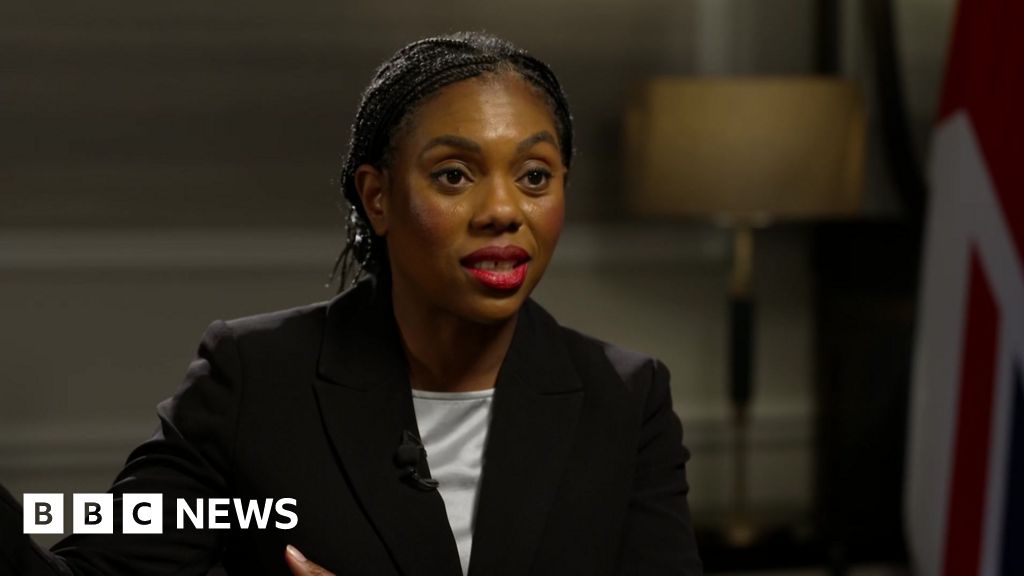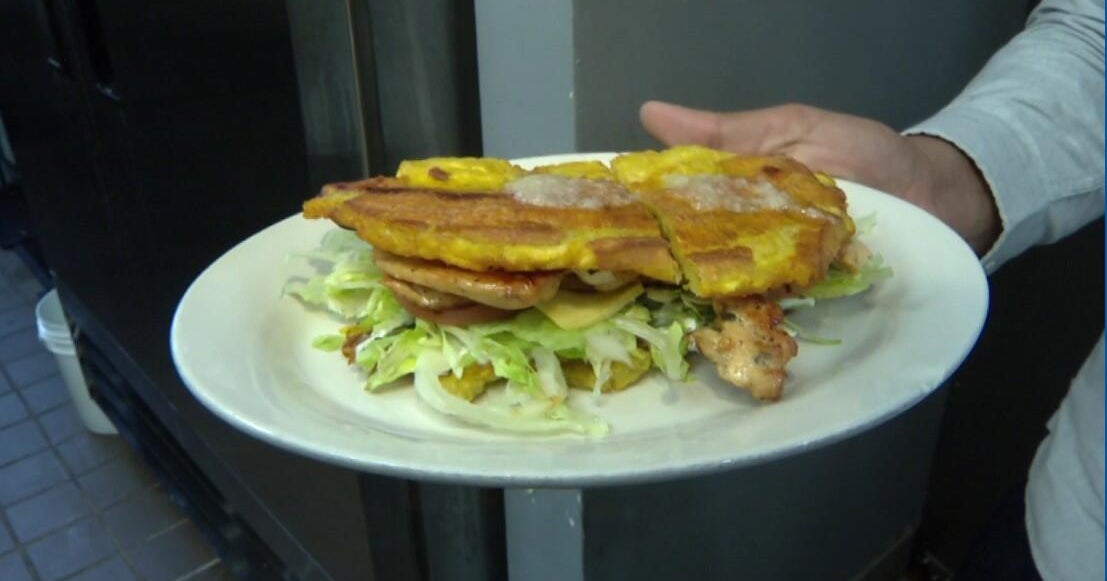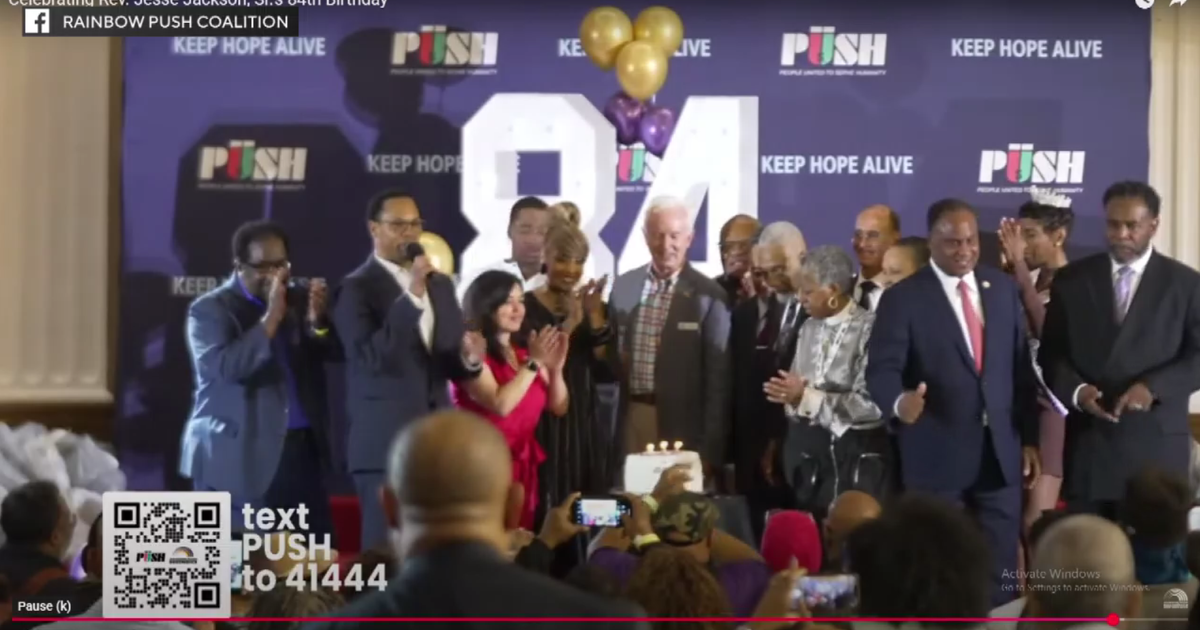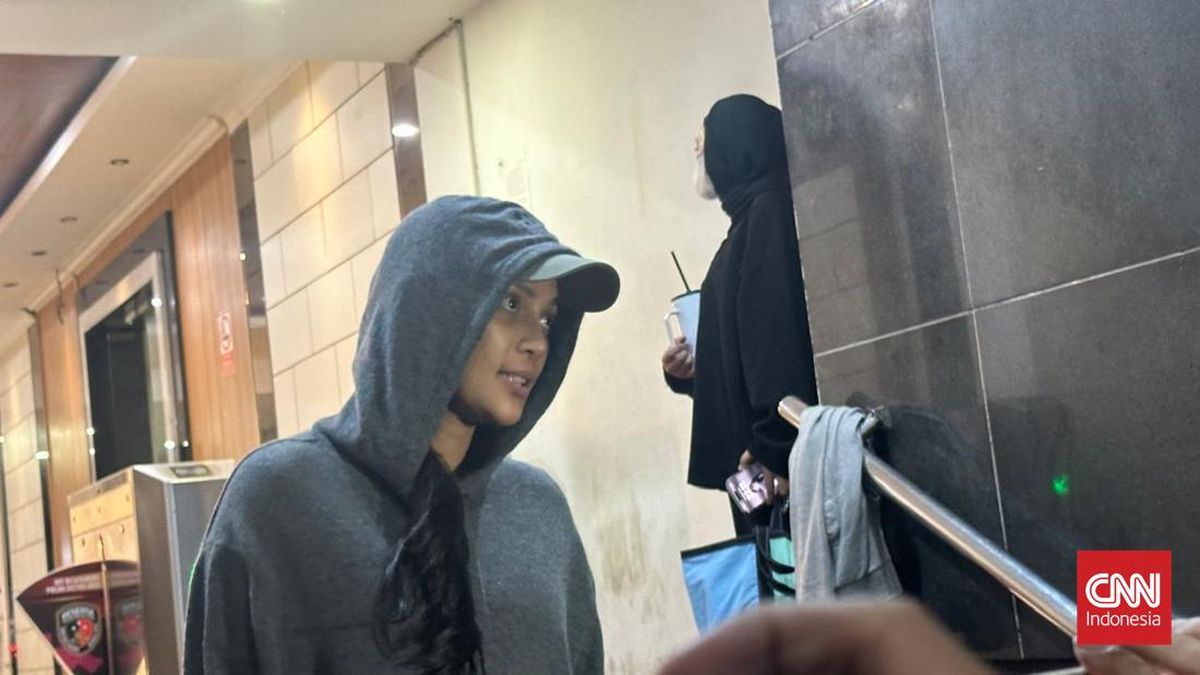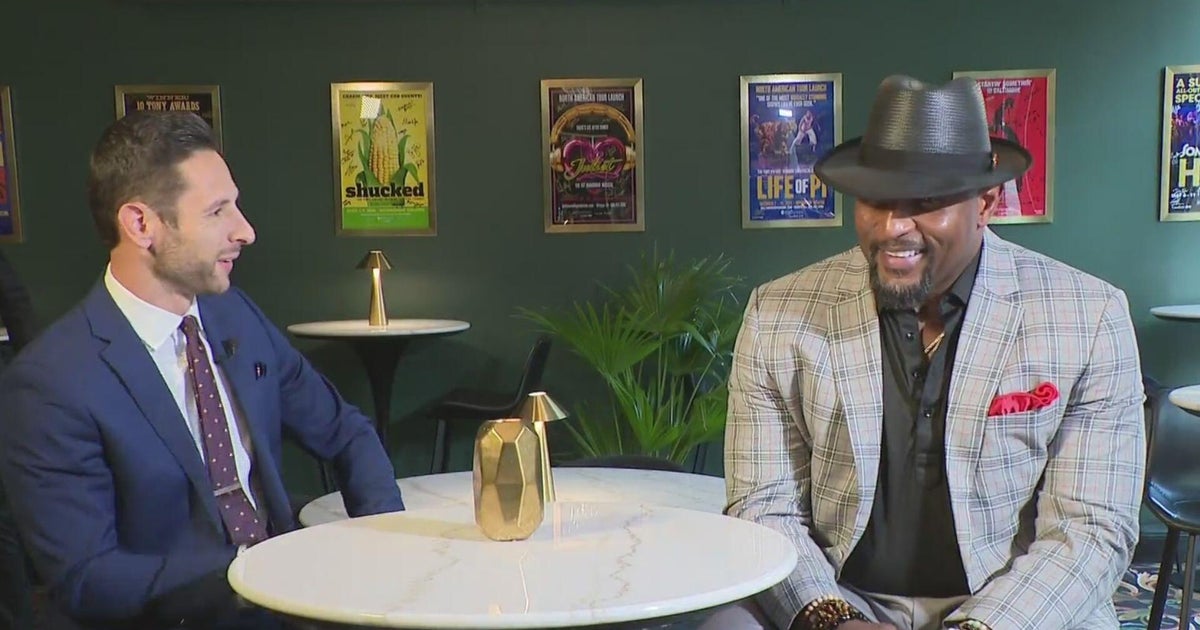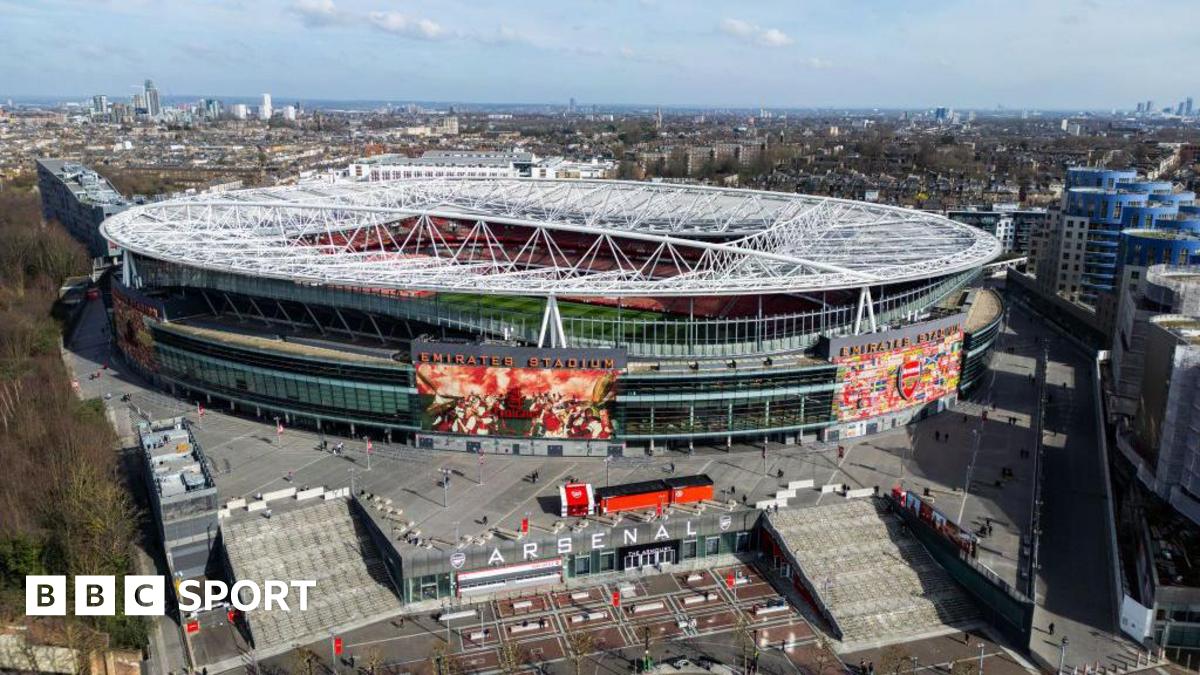If you’ve watched the cost of your coffee inch upwards over the past few years, the numbers are in: Australians are forking out more than $1 on average for their favourite caffeinated beverage than six years ago.
Those in Sydney who love a flat white are paying about $5 compared to $3.90 in 2019, according to exclusive data from Square.
Click on the interactive below to see how prices compare for your cup of choice across the capital cities.
Those who live in Brisbane and Adelaide are paying the most for a cappuccino ($5.60 and $5.50 respectively), compared to the national average of $5.38 for the chocolate powder-dusted drink.
Meanwhile, Melbourne remains the most expensive city to buy a simple espresso, for which you’ll pay $4.80 compared to $4 in Brisbane and Perth.
The price of a long black is fairly consistent across the country, sitting around $5 and $5.20. Six years ago, the espresso-on-hot-water mix was $3.80 in Hobart and $4.10 in Canberra.
Mocha lovers are being charged the most in Adelaide ($6.13), while Melburnians pay $5.50 for the chocolate-laden beverage.
A “magic” – a typically off-menu coffee so-called for its particular proportions of a double ristretto with steamed milk – is cheapest in Melbourne ($5.20), where the drink originated, and dearest in Sydney ($5.50).
Perth residents are paying the most for macchiatos at $5.80 – a whole dollar more than the national average ($4.78).

The “magic” coffee has taken off in capital cities.Credit: Eddie Jim
Sydney is typically the least expensive city to drink milk-based coffee, which could be attributed to the high concentration of cafes.
“I’ve noticed in my travels around Australia that Sydney’s always had the cheapest coffee out of all the capital cities, and it’s cheaper in the city in Sydney CBD than it is to greater Sydney or elsewhere in NSW,” said Taylor Westlake, an insights manager at consultancy Titanium Food.
Where Sydney’s central business district has had a corporate identity for some time, Melbourne’s cultural centre and history with coffee extends further back, meaning Sydney’s coffee prices probably started from a lower base, Westlake added.
“You look at the cost curve and it’s rising at the same rate in both cities. It’s just Melbourne’s been off a higher base because they’ve had that quality for a little longer.”
The coffee price ceiling
Loading
Cost of living pressures can’t kick Australia’s caffeine habit: Aussies spend more than $8 billion a year on coffee (McDonald’s is responsible for about $1 billion alone just in coffee sales).
While we’re prepared to pay for a good cup, customers tend to fall off near the $7 mark.
“If we actually go and have a look at consumer sensitivity to price, they’re essentially saying in our research that $6.65 for a small flat white is getting up to being too expensive,” said Seven Miles chief executive Nick Egan.
Cafes are very reluctant to put prices up, knowing they’re risking blowback or may lose customers if they do, but rising operating costs including electricity, wages, rent and ingredients have made profit margins razor-thin. “There’s a real nervousness to put prices up because the supply is more on the cafe side, and the competition is quite fierce in that regard.”
If the price of your cup starts with $5, Veneziano Coffee Roasters chief Craig Dickson reckons you’re getting a bargain. “If your cafe is not selling coffee for $6 a cup, then we’ve probably got an issue for the coffee roaster and the cafe all being profitable in the supply chain,” he said.
Broadly speaking, the average yearly price rises for most coffee types – around 2-4 per cent – are, according to Westlake, in line with general inflation, which recently hit a four-year low.
“Australia has for a while now had some of the cheapest coffee prices per cup, and there’s plenty of literature out there about how under-valued coffee is in Australia and how our prices should be higher,” said Westlake.
“But despite it feeling like coffee prices are surging, they are in line with all other cost increases at present.”
The ‘moneymaker’ coffee
The price of a cold brew has increased consistently in the past three years, and is most expensive in Brisbane and Sydney ($6.60) and cheapest in Hobart ($5.93).

Cold brew is in vogue. Pictured: Rhythm, Algorithm’s cold brew served over ice and topped with orange-zested vanilla cream.Credit: Louise Kennerley
“You can see when it became cool in each city. Every city had a surge in price, which would reflect it becoming popular, but they all occurred at different times,” Westlake said.
“Late to the party was Tasmania, which only saw a price surge this year. Regardless of surge and cool factor, [cold brews] are definitely the moneymaker – similar labour-to-coffee [ratio] per drink, albeit with a little bit of advanced prep the day or night before, but higher sale price consistently compared to other drinks.”
Loading
A theory behind why Brisbane’s coffee prices are towards the upper range (about $5.60 for a cappuccino or latte, while Sydneysiders pay $5) is because their cup sizes tend to skew larger.
“Coffee shops there have one extra large size. It’s larger than what we find in Sydney and Melbourne … What we call large, they call medium,” said Westlake. “Sydney loves a small coffee whereas Brisbane loves a large coffee.”
“It’s just different established [coffee-drinking] cultures in each city, and that can affect menus and pricing.”
The Business Briefing newsletter delivers major stories, exclusive coverage and expert opinion. Sign up to get it every weekday morning.
Most Viewed in Business
Loading

